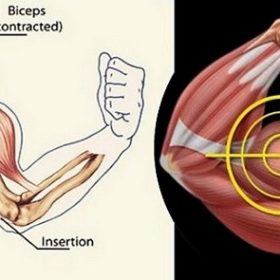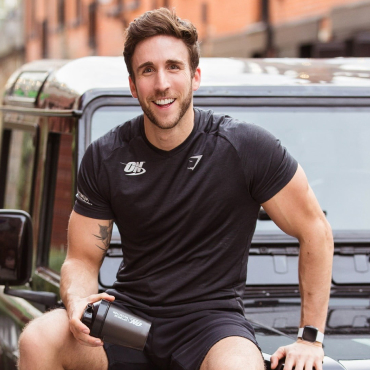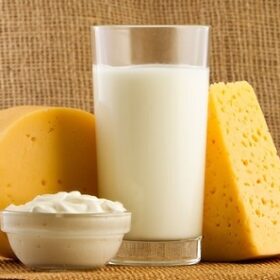4 Musts To Maximize Biceps Growth

When you first start training, your upper arms grow almost without trying, regardless of your approach and technique.
Inevitably, though, you hit that dreaded growth plateau and realize you need to master the basics of building muscle if you still want to put on size like you used to.
Building muscle isn't just about what you do. It's about how you do it. While there are many exercises to help you work your biceps, you need these four essentials to help you build them.
1. Isolate
True muscle failure happens when you can no longer lift the weight with good form. A lot of us work around this, though, by using momentum or recruiting other muscles to lift the weight. The biceps must work in order to grow, and if other muscle groups are joining the set then you simply won't maximize your potential.
Let's use barbell curls as an example. As your set progresses and your biceps fatigue, you arch your back and swing the weight up, or you recruit your shoulders by moving your elbows forward. Either way, less work is done by the biceps, and your growth potential suffers.
The best way to isolate the biceps is to start light and focus on proper form. If you're still having trouble isolating your biceps, lean against a wall or use an arm blaster to keep your elbows in place. A preacher bench can also help you isolate your biceps, or you can do single-arm exercises to work each arm individually. Isolating each arm makes them do more work so you reap more benefits.
2. Overload
It's a well-known fact that if you do the same amount of work week after week, your biceps will have no reason to adapt—and no reason to get bigger or stronger. To grow, you have to overload the muscles with more volume than they're used to handling.
There are a few different ways to overload the biceps, such as increasing the weight, adding sets and reps, or upping your training frequency. The problem is you can't always keep adding more of everything, so one of the best ways to overload your biceps during your workout is by performing forced reps.
Forced reps are exactly what they sound like: You force your muscles to do a few more reps once they've reached failure. To do this, have a partner assist you with the positive portion of the rep, then perform the negative on your own—and do it slowly. Even doing just the negative still makes the muscles work and still breaks down the muscle, both of which force the muscle fibers to rebuild and grow so they can handle that load in the future.
3. Pump
Many of us train biceps with an emphasis on chasing the pump—an obsession that goes back as far as Arnold's famous monologue in "Pumping Iron." As great as the pump feels, it's also beneficial. Nutrient-rich blood coursing through the muscles in greater-than-normal amounts is key for growth.
Since the pump is what helps your muscles rebuild bigger and stronger, learning how to use it to your advantage can seriously accelerate biceps growth.
Movements such as cable curls and machine curls that keep tension on the biceps are great for increasing the pump. If you want to go even more advanced, you can incorporate occlusion training or use tourniquets.
4. Positioning
Positioning can mean more than performing your curls standing, seated, or even lying down. When you're training biceps, it can also mean taking elbow and even hand placement into consideration.
Where you hold the weight with your hands can affect how the muscles engage and how they work. Placing your hands against the inside of a dumbbell when doing dumbbell curls shifts the focus of the biceps. Neutral hand positioning, used in exercises such as the hammer curl, targets the brachialis and forearms. Going wider with your grip on barbell curls shifts the focus to the inner head of the biceps.
Your elbows can play a positive role, as well. Most curls require your elbows to be at your sides. If you perform a drag curl and let your elbows drift toward your back, you can get a deeper stretch—and a better contraction. If your elbows come forward, as with a preacher curl, the short head of the biceps is more active. Adding both types of movements makes for a better overall workout and, in the long run, greater growth.
Mastering The Musts: Biceps Workout
Rest for 45-60 sec. between sets.
1. Barbell Curl
4 sets, 12, 10, 8, 6 reps (Perform curls against a wall.)
2. Seated Dumbbell Curl
3 sets, 12, 10, 8 reps (last set includes 3-4 forced reps)
3. Drag Curl
3 sets, 10 reps
4. Two-Arm Dumbbell Preacher Curl
3 sets, 15 reps
cc. Roger Lockridge




